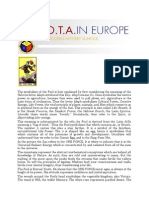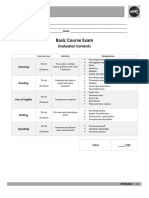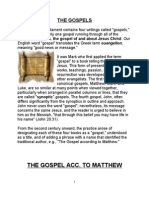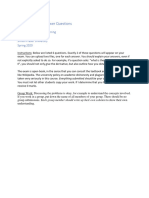0% found this document useful (0 votes)
34 views6 pagesData Analytics Syllabus
The document outlines various courses on Microsoft Excel, Python, SQL, and Power BI, detailing the topics covered in each syllabus. Key Excel topics include data manipulation, pivot tables, and chart creation, while Python focuses on programming fundamentals and data structures. SQL emphasizes database management and data retrieval techniques, and Power BI covers data visualization and reporting functionalities.
Uploaded by
nbm4tradeCopyright
© © All Rights Reserved
We take content rights seriously. If you suspect this is your content, claim it here.
Available Formats
Download as DOCX, PDF, TXT or read online on Scribd
0% found this document useful (0 votes)
34 views6 pagesData Analytics Syllabus
The document outlines various courses on Microsoft Excel, Python, SQL, and Power BI, detailing the topics covered in each syllabus. Key Excel topics include data manipulation, pivot tables, and chart creation, while Python focuses on programming fundamentals and data structures. SQL emphasizes database management and data retrieval techniques, and Power BI covers data visualization and reporting functionalities.
Uploaded by
nbm4tradeCopyright
© © All Rights Reserved
We take content rights seriously. If you suspect this is your content, claim it here.
Available Formats
Download as DOCX, PDF, TXT or read online on Scribd
/ 6






































































































